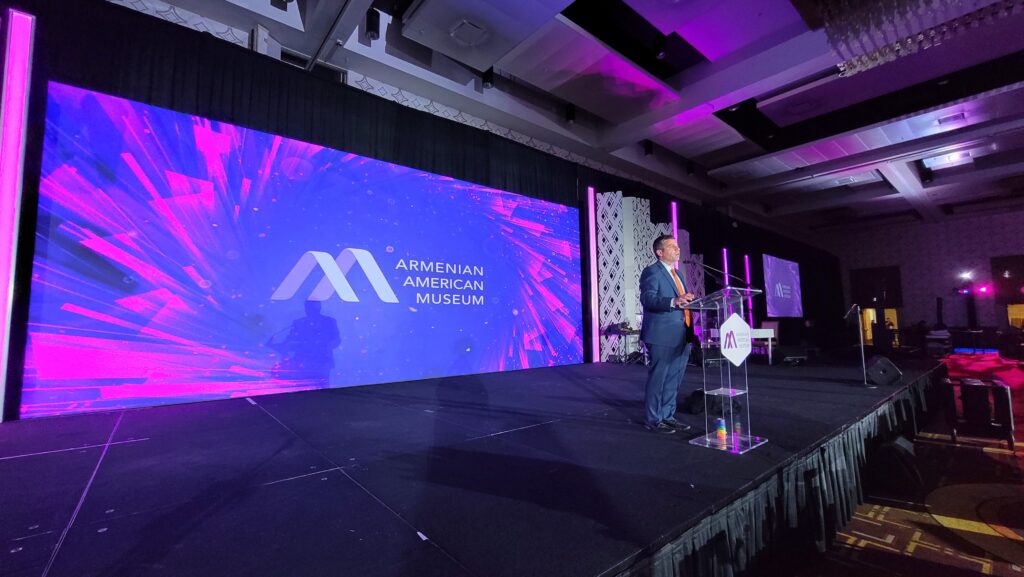When talking about image clarity, it is crucial to take into account pixel pitch, which is the distance between the center of one pixel to the center of the following picture element. A reduced picture spacing yields a greater image clarity, enabling more detail in the images displayed. For example, an LED screen with a picture spacing of 1.5mm will offer a sharper image than one with a pixel pitch of 3mm. This is especially crucial in settings where audiences are close to the screen, such as in a small venue or a exhibition event booth. In these cases, a greater resolution can significantly enhance the viewing quality.
Another factor of image clarity is its effect on color precision and luminosity. LED screens with greater image clarity often have better color reproduction, indicating that the hues shown are more vibrant and true to life. This is essential for uses like marketing, where the goal is to attract attention and communicate a concept efficiently. Additionally, higher resolution screens can preserve luminosity levels even when seen from different perspectives. This is important in big locations where viewers may be seated at various distances and angles from the display.

The functionality of LED screens is also affected by image clarity in terms of update frequencies and reaction times. A greater image clarity screen can support faster refresh rates, which is essential for dynamic content such as videos and animations. This means that the images on the screen will appear smoother and more seamless, improving the total observing quality. In comparison, reduced resolution displays may struggle with fast-moving content, leading to blurriness or lag. Therefore, for events that rely on Discover More high-energy images, selecting a screen with a suitable resolution is critical.
In conclusion, resolution plays a vital role in determining the functionality and image clarity of LED screens. Elements such as picture pitch, hue precision, brightness, refresh frequencies, and reaction times all contribute to how effectively a display can convey information and engage viewers. As technology continues to progress, grasping these factors will assist operators choose the appropriate LED screen for their particular needs, ensuring that they achieve the best possible results in their presentations and events.